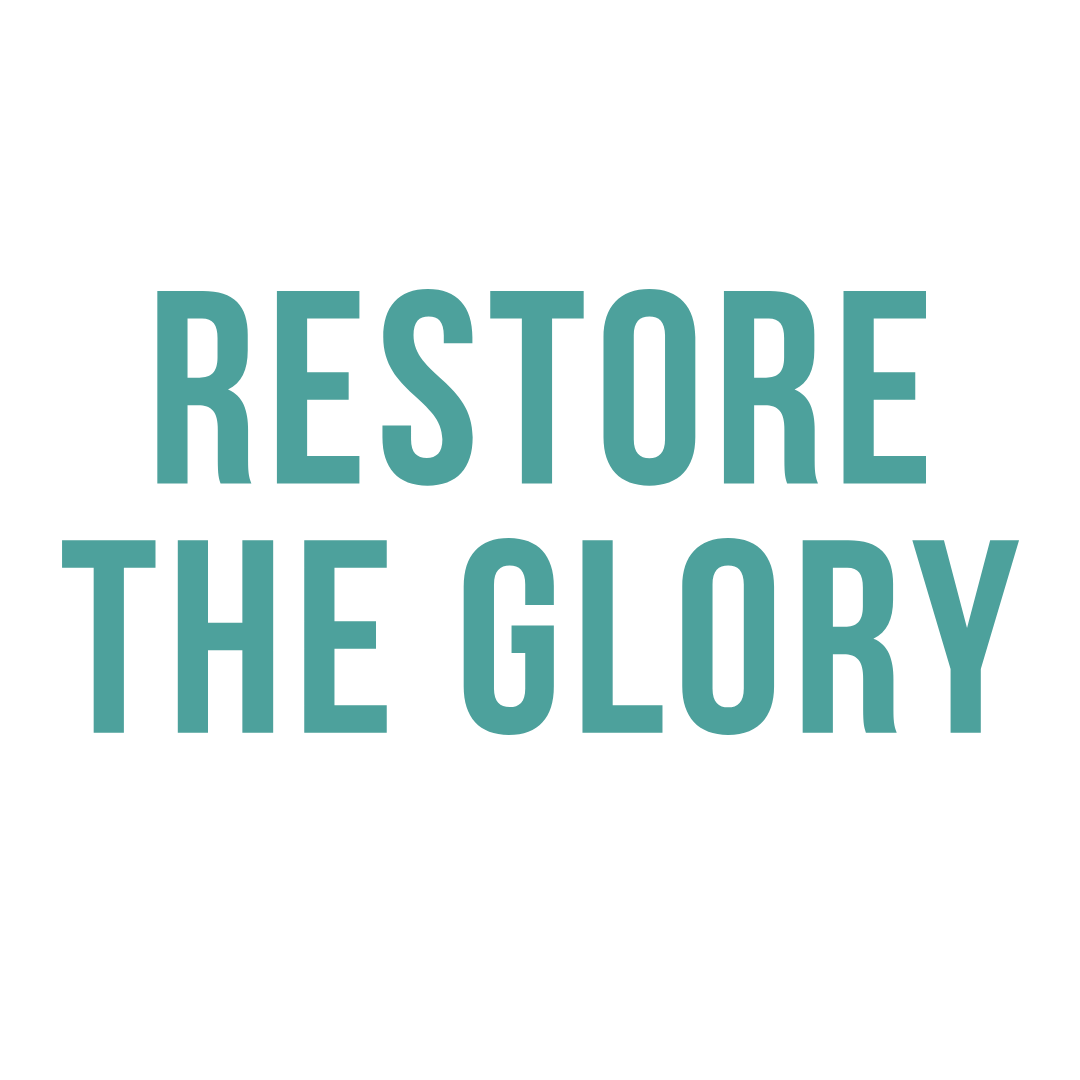Episode 4: Theology of the Body & Healing | Part 2 (Identity)
Bob and Jake continue the series on the Theology of the Body (TOB) and healing by talking about how our identity is found in God. God gives us our identity but it’s possible we have a skewed image of God that affects our identity and peace. It’s important that we are aware of where we are bringing the deep questions of our hearts because if we lose God’s identity, we lose our identity.
Show Notes
Guiding Scripture
“Whoever wishes to heal man must see him in his wholeness and must know that this ultimate healing can only be God’s love” (Pope Benedict XVI, Jesus of Nazareth)
Key Points
John Paul II reflects on various “experiences” of human life in the Theology of the Body (TOB).
The TOB lays a foundation for wholeness in human persons
Good theories are very practical because they inform what we do or don’t do
Identity is “who I am in relation to God” or “who am I and whose am I”
In healing, we become more fully ourselves both objectively and subjectively
“It is important that precisely in his “heart” he does not feel himself irrevocably accused and given up to the concupiscence of the flesh, but that in the same heart he feels himself called with energy. Called precisely to this supreme value, which is love. Called as a person in the truth of his humanity, and thus also in the truth of his masculinity and femininity, in the truth of his body. Called in that truth which has been his inheritance “of the beginning,” the inheritance of his heart, which is deeper than the sinfulness inherited, deeper than the threefold concupiscence. Christ’s words, set in the whole reality of creation and redemption, re-activate that deepest inheritance and give it real power in human life.” (St John Paul II, General Audience of October 29, 1980)
“We are not the sum of our weaknesses and failures; we are the sum of the Father's love for us and our real capacity to become the image of his Son.” (St. John Paul II, World Youth Day Toronto, Solemn Mass, July 28, 2002)
Receiving our name from God is a beautiful part of the healing journey
It’s a powerful experience to go to the Lord with the question, “Who do you see that I am?”
When we pray to God we might be seeing a distorted image because we are looking through the lens of the experiences we had with our primary caregivers
When we lose God’s identity we lose our own identity
Our identity becomes distorted as God’s identity becomes distorted
Psychologically speaking, we mentalize ourselves through our assumptions about how our mother and father see us
We go through life asking big questions like, “Who am I? Am I lovable?”
We can bring those big questions to places that aren’t ideal
We have the choice of what we agree to. We can agree to what is said to us or disagree with it and reject it.
Practical Application
Spend some time in prayer asking the Lord, “How do you see me? Who do you see that I am?”
Pray about some of the deep identity questions you specifically bring to your everyday life and relationships? Questions like, “Who am I? Do I matter? Am I lovable? Will it be okay?” often under-gird our everyday decisions. Ask yourself and God, “Where do I bring my questions about identity? To what people, places, things, experiences? How does this affect me? What keeps me from bringing all of myself to God?”
Prayer to break false identity: “In the name of Jesus Christ, I renounce the identity that I’ve received from everybody in my life who has incompletely told me who I am. I renounce the authority that I’ve given them to tell me who I am. And I now place that authority in you Heavenly Father because you alone know me and love me completely and see me for who I am. Amen.”
Think about what messages you’ve agreed with over the years and ask whether the specific statements were from the Heavenly Father or from someone else. If the messages weren’t from God or were from a false image of God, renounce the authority you have given to those messages and, in your prayer, place your heart back in the hands of Abba Father.
Resources
Identity and Desires (Holy Desire Series, Talk 4, Dr. Bob Schuchts)
Beloved Sons to Faithful Fathers - 2015 Steubenville PDS, Dr. Bob Schuchts
Unbound is a good resource for learning how to renounce and break the attachments we’ve made with lies and false identities. https://www.heartofthefather.com/

